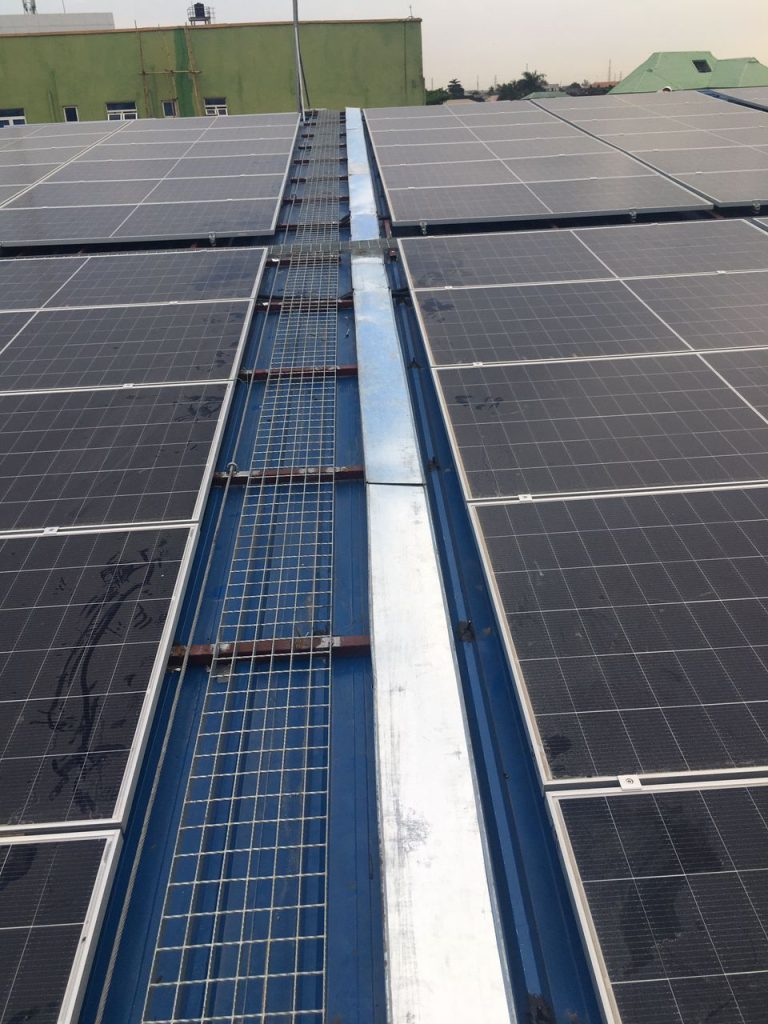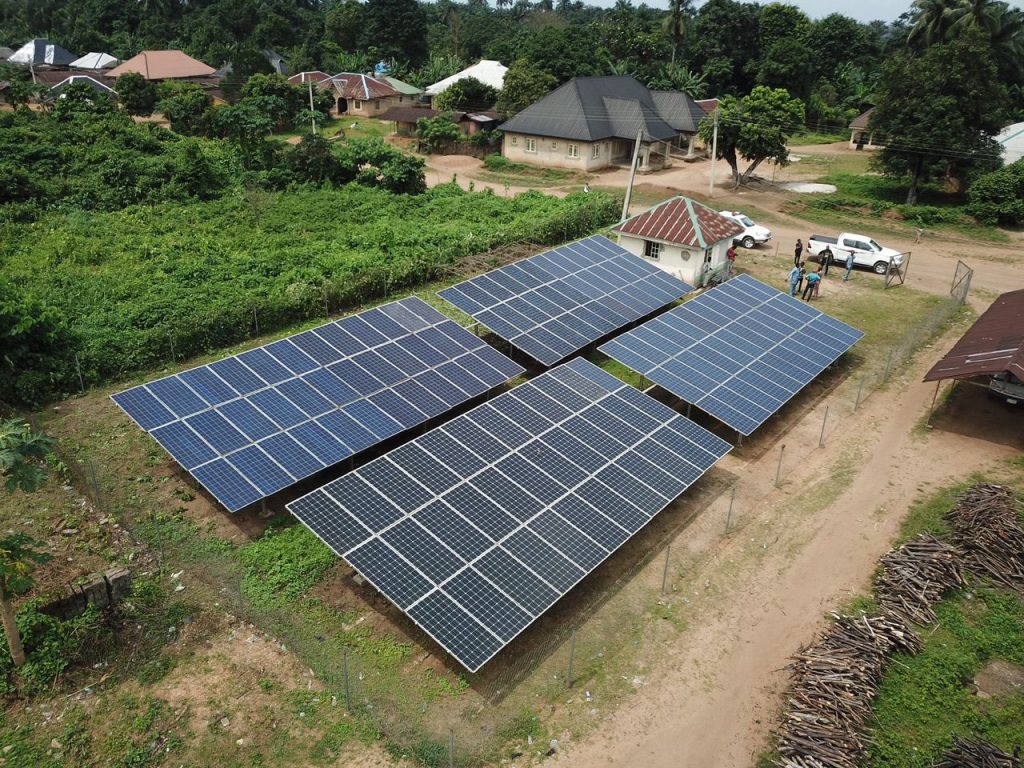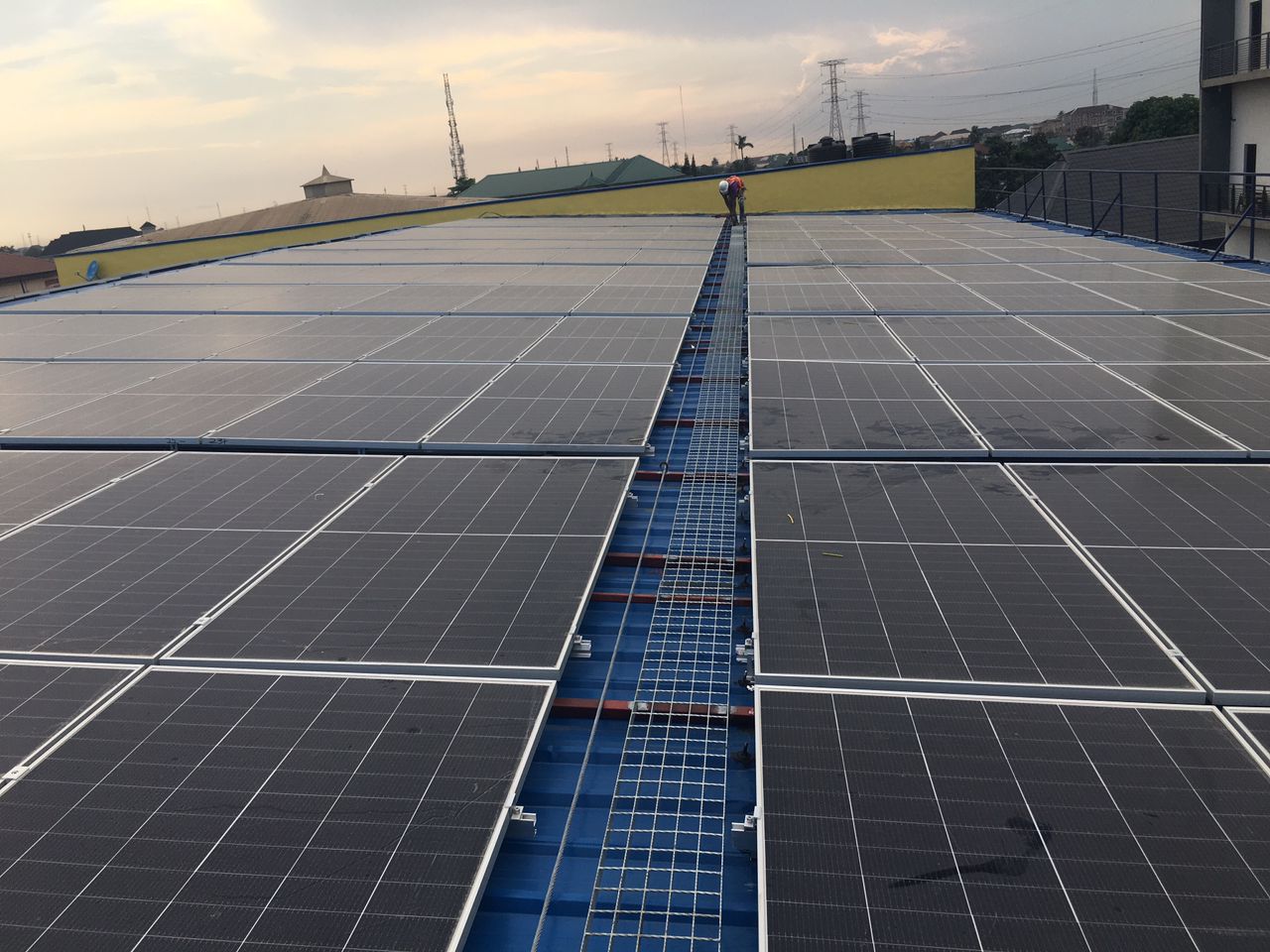Integrating Renewable Energy into Existing Power Systems in Nigeria
As energy demand grows in Nigeria, businesses and households are seeking reliable and cost-effective alternatives to diesel generators and unstable grid supply. Solar and battery storage solutions are rapidly becoming the preferred choice (Aliyu et al., 2015). But one key challenge remains:
How do we integrate renewable energy into existing power systems in a way that is safe, efficient, and reliable?

- Key Technical Challenges in Nigeria
Grid Synchronization (Import-Only)
Nigeria does not allow feeding electricity back into the national grid. All renewable systems must operate on a one-directional flow, supporting internal loads without exporting to PHCN/DisCo networks (NERC, 2020).
Generator Integration
Most facilities rely heavily on diesel or gas generators. Aligning solar and batteries with gensets requires smart controllers to avoid back-feed and equipment damage (Oyedepo, 2012).
Load Prioritization
With frequent power cuts, critical loads such as production lines, cooling systems, and IT infrastructure must be separated from non-essential loads. This ensures uptime while maximizing solar use (Sambo et al., 2010).
Power Quality
Voltage fluctuations, frequency swings, and harmonics are common in Nigerian grids. Solar inverters must stabilize supply and protect sensitive equipment (IRENA and AfDB, 2023).
- System Design Considerations
No-Export Mode (NERC, 2020)
Hybrid Operation: solar, battery, grid, generator (IEA, 2019)
Automatic Changeover with EMS (IRENA, 2022)
Scalable design for phased expansion (ECN, 2021)
- Recommendations for Nigerian Facilities
Pair solar PV with batteries to cut generator use
Use generators as a last-resort backup
Deploy smart EMS for monitoring and automation
Prioritize critical loads like production, cooling, and IT
Choose modular systems for easy expansion (Aliyu et al., 2015; Oyedepo, 2012)
- Benefits of Proper Integration
Reduced fuel consumption
Lower operating costs
Improved reliability and power quality
Scalable and future-ready systems
Cleaner, more sustainable operations (IRENA, 2022; IEA, 2019)

Conclusion
In Nigeria, integrating renewable energy into existing systems is not about exporting to the grid. It is about designing hybrid, compliant, and efficient systems that reduce generator dependence and deliver 24/7 reliability. By adopting proven strategies such as hybrid design, load prioritization, and smart energy management, businesses and households can gain long-term energy resilience.
References
Aliyu, A.S., Dada, J.O. and Adam, I.K., 2015. Current status and future prospects of renewable energy in Nigeria. Renewable and Sustainable Energy Reviews, 48, pp.336–346.
Energy Commission of Nigeria (ECN), 2021. National Energy Policy and Master Plan. Abuja: ECN.
International Energy Agency (IEA), 2019. Africa Energy Outlook 2019. Paris: IEA. Available at: https://www.iea.org/reports/africa-energy-outlook-2019
International Renewable Energy Agency (IRENA), 2022. Renewable Energy Market Analysis: Africa and its Regions. Abu Dhabi: IRENA. Available at: https://www.irena.org/Publications
International Renewable Energy Agency (IRENA) and African Development Bank (AfDB), 2023. Renewable Energy Integration in Africa: Technical and Policy Solutions. Abu Dhabi: IRENA.
Nigerian Electricity Regulatory Commission (NERC), 2020. Regulation on Net Metering for Renewable Energy Sourced Electricity Generation. Abuja: NERC. Available at: https://nerc.gov.ng
Oyedepo, S.O., 2012. Energy and sustainable development in Nigeria: The way forward. Energy, Sustainability and Society, 2(15), pp.1–17.
Sambo, A.S., Garba, B., Zarma, I.H. and Gaji, M.M., 2010. Electricity generation and the present challenges in the Nigerian power sector. Energy Policy Research. Proceedings of the Nigerian Society of Engineers Conference.
Enter the text or HTML code here

